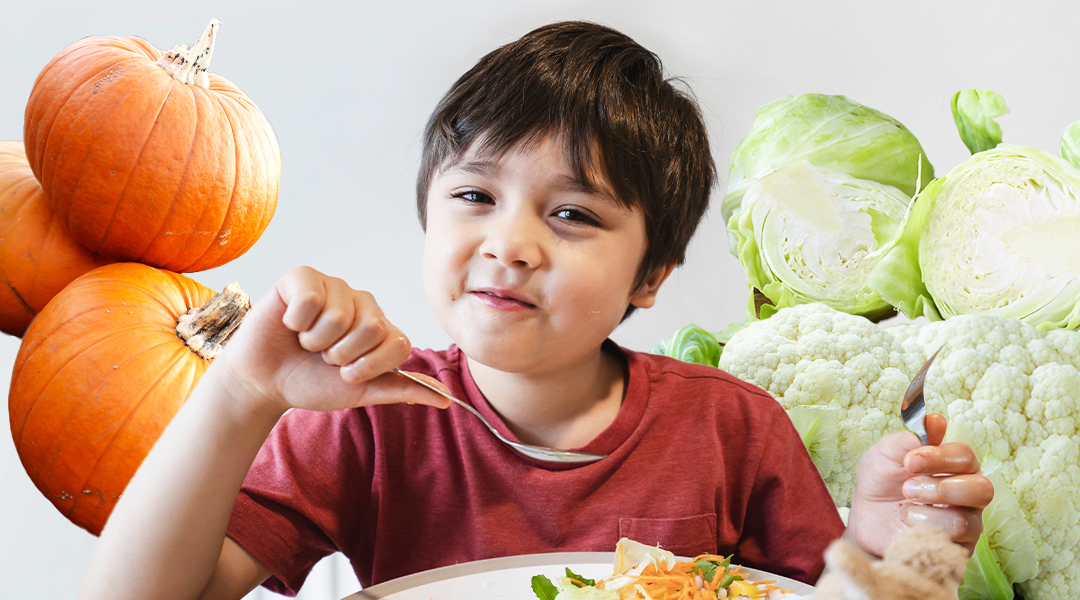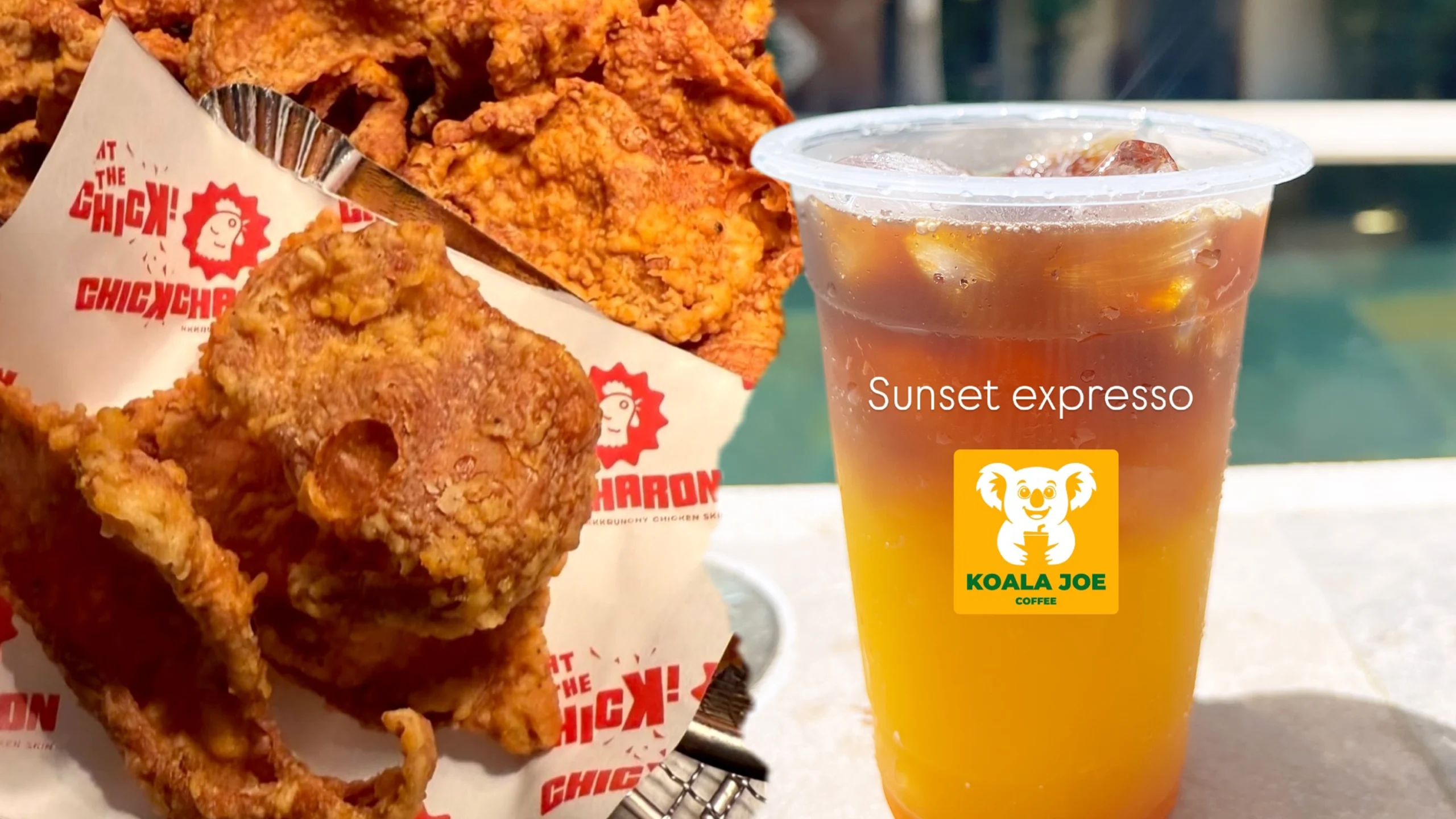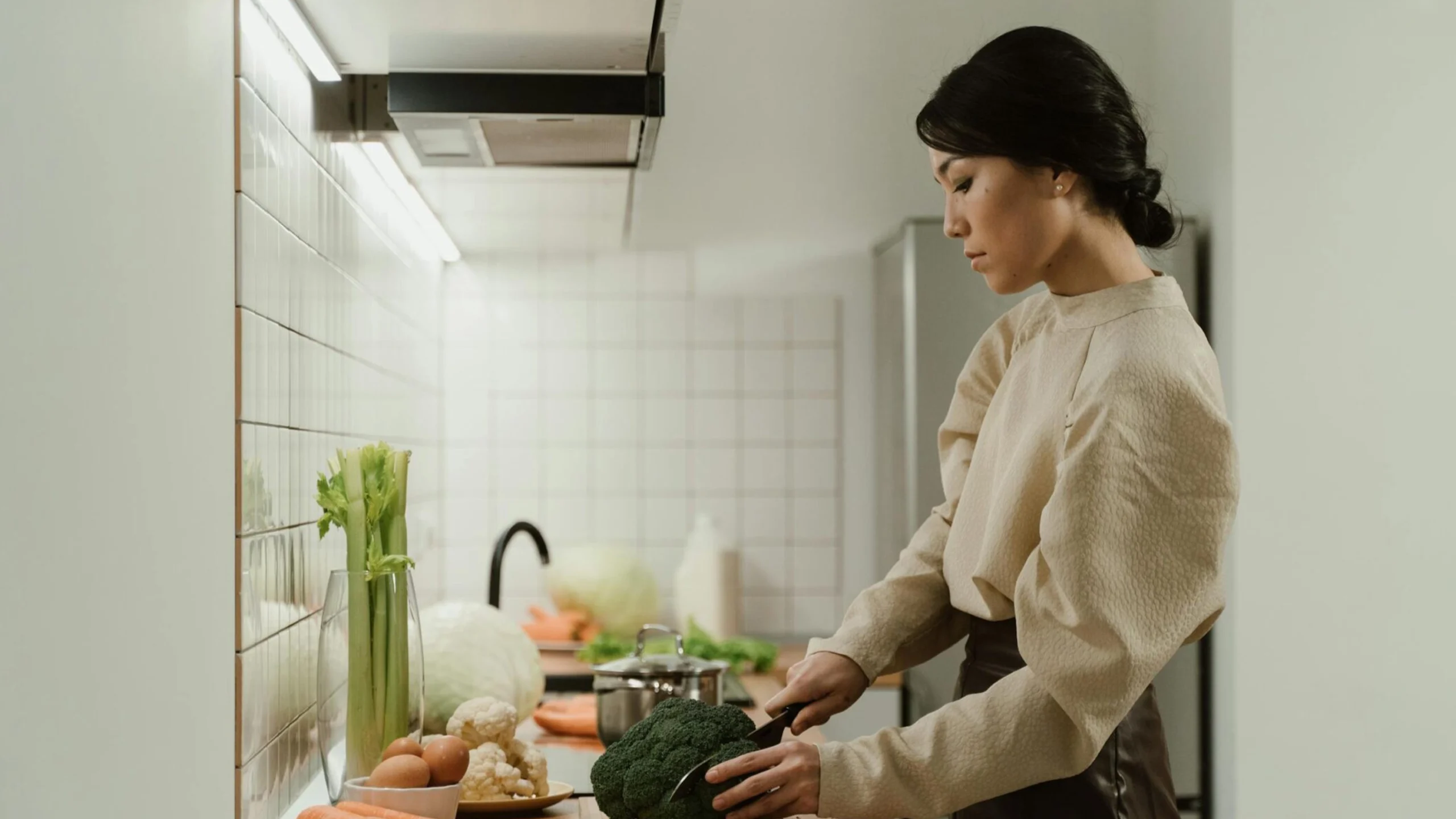10 Vegetables That Are Good Rice Substitutes
As the holiday feasts are coming up, here are some vegetables you can use to substitute for rice.
We’re Filipinos and we love our rice. While there’s nothing wrong with eating rice, there is a problem if you’re (or the whole family is) diabetic and eat too much of it. But what’s a good substitute for rice among the veggies that has the same mellow flavor that kids and the whole family can enjoy? We’ll find out as we go along.
Before we continue, we first need to understand what a Glycemic Index (GI) and Glycemic Load are.
We’ve probably heard about Glycemic Index (GI) so many times but never actually understood what it measures. Glycemic Index is a rating from 0 to 100 where the higher the number, the bigger its effect on your blood sugar. There are three ratings: low, medium, and high.
- Low (0 – 55) – Low means that the sugar release of the aforementioned food is “slow” and therefore, it makes sure you feel full longer.
- Medium (56 – 69)
- High (70+) – These are food that usually burns fast and make you feel full for a shorter period of time.
However, before we start on a witch hunt for all the foods that are considered high in Glycemic Index, we need to understand what a Glycemic Load (GL) is as well. Glycemic Load, on the other hand, focuses on how quickly the food you eat will affect your blood sugar. This takes into consideration even proportions which is really helpful if you’re trying to stick to a certain diet. 0 to 10 is considered low and anything past 20 is considered high.
So what are foods that have a low glycemic index and load and can substitute for rice? Here are some.
1. Cabbage

Glycemic Index: 10 (Low)
Glycemic Load: 0.9 (Low)
We often eat cabbage as coleslaw or Bulalo or Pochero. But cabbage can do well as a rice substitute, too. Since it’s leafy, it’s easier to chop and shred into smaller pieces. All it takes is some salt, pepper, and oil in a pan. Or, you can choose to steam it.
2. Chinese Cabbage (Pechay Wombok)

Glycemic Index: 12 (Low)
Glycemic Load: 0.4 (Low)
Chinese Cabbage, when shredded, makes a good substitute for noodles and rice. It’s also what many people binge on when they eat at a Mongolian BBQ buffet if they’re trying to avoid rice. It’s also a versatile ingredient. Some people even use it as a wrapper for meat.
3. Kangkong (Water Spinach)

Glycemic Index: 15 (Low)
Glycemic Load: 1 (Low)
The humble kangkong may not have the most glamorous of origins but it’s just as healthy as its land counterpart. Studies have shown that it even improved digestion in rabbits. It’s also one of the cheaper veggies here in the Philippines and they’re quite versatile, too. From kangkong chips, nuggets, and gising-gising, there’s just a lot to make with it.
4. Pumpkin
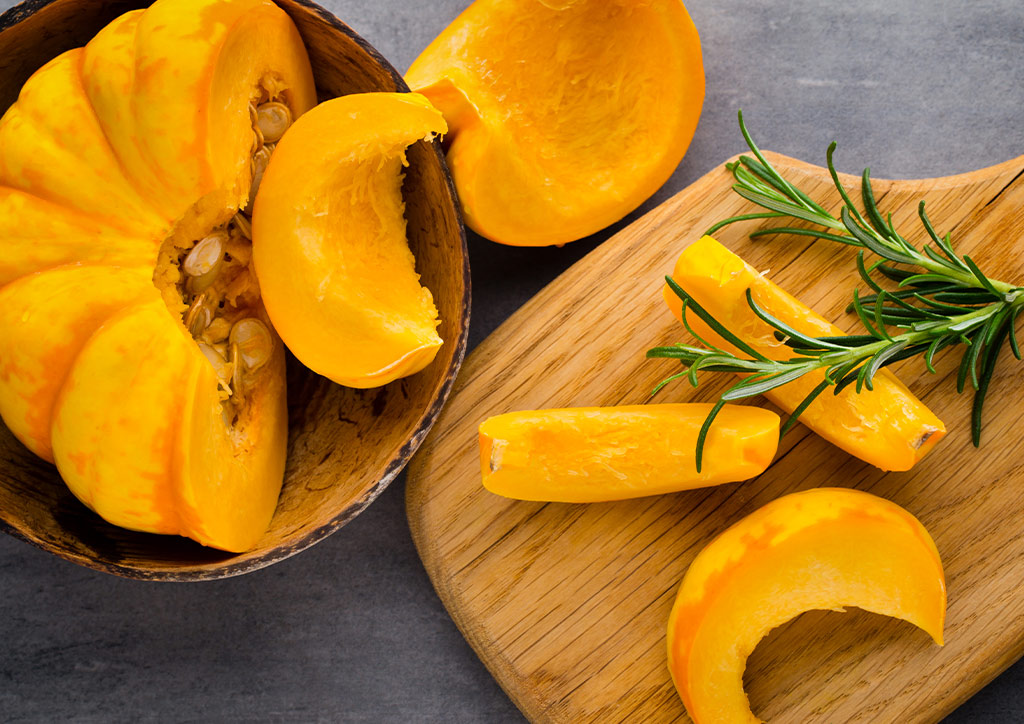
Glycemic Index: 75 (High)
Glycemic Load: 3 (Low)
Pumpkin may have a high glycemic index but that’s assuming you’re planning to eat the whole pumpkin. So long as the proportions are controlled, pumpkin actually offers a lot of benefits even to diabetics as a rice substitute. Hence why it’s important to take note of its low glycemic load.
5. Cauliflower
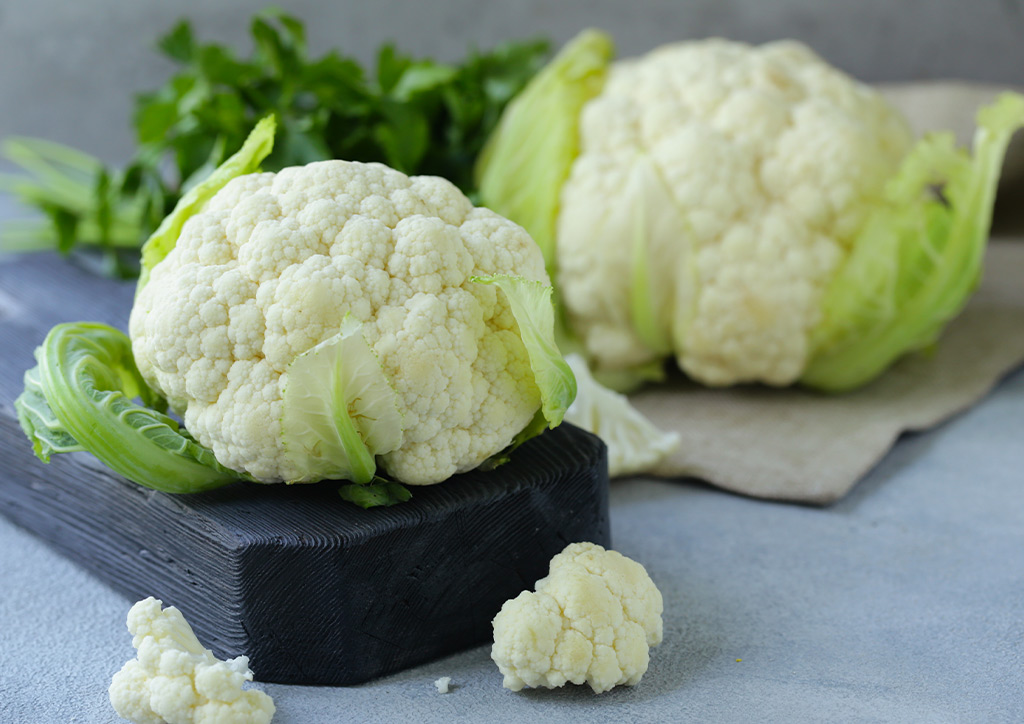
Glycemic Index: 10 (Low)
Glycemic Load: 1 (Low)
Cauliflower’s always been the poster veggie for a rice substitute because of its texture and versatility as an ingredient. Put it in curry, mix it with cream and cheese, or add some bacon — there are so many ways to make this rice substitute ever so tasty.
6. Broccoli

Glycemic Index: 15 (Low)
Glycemic Load: 1 (Low)
Broccoli is usually the tandem partner with cauliflower and the poster veggie to be drowned in cheese, thanks to that old Powerpuff Girls episode, Beat Your Greens. Additionally, they do well in soups when mixed with spinach and make good fillers for veggie nuggets for the kids.
7. Lentils
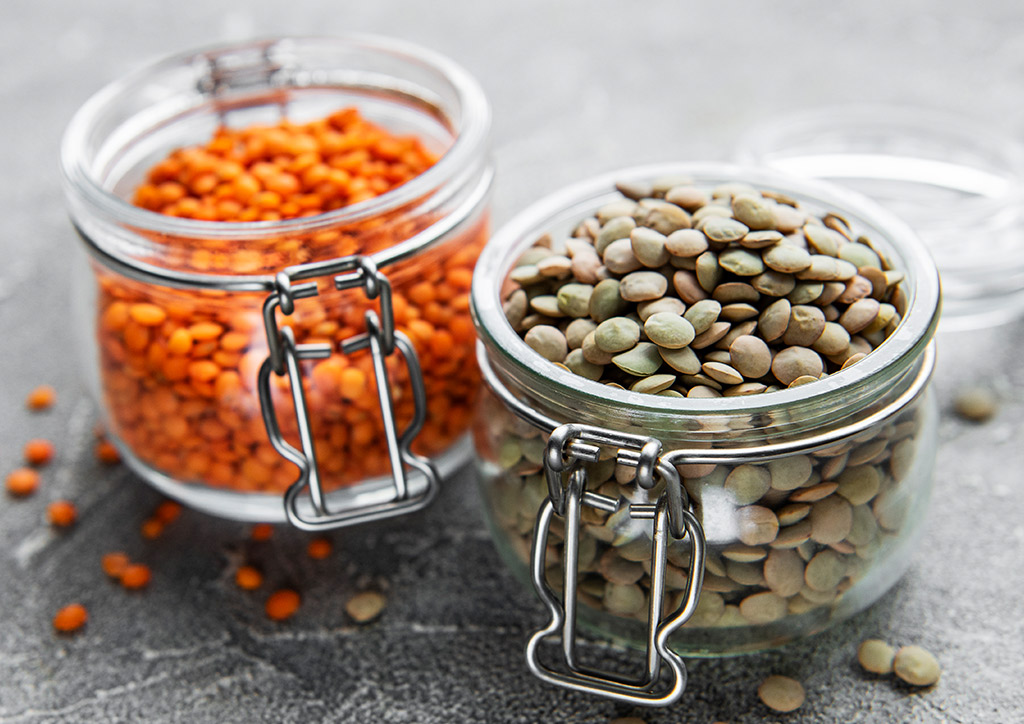
Glycemic Index: 32 (Low – Green), 30 (Low – Yellow)
Glycemic Load: 12.5 (Medium – Green), 19.6 (Medium – Yellow)
Lentils are loaded with protein and when softened enough, can have the same consistency as rice. They’re also quite colorful which makes them attractive to kids’ eyes when mixed with other beans. However, they’re not recommended as a rice substitute for people who have a history of Gout and High Uric Acid.
8. Quinoa

Glycemic Index: 53 (Low but on the high side)
Glycemic Load: 10.7 (Low but bordering medium)
Quinoa may be a little expensive but these seeds are filled with a lot of nutrients. Considered a superfood like Chia Seeds and Flax Seed, Quinoa serves as a good substitute for rice in pilaf and risotto. A good, affordable, and local alternative to Quinoa is Adlai—grown by our very own farmers.
9. Chickpeas (Garbanzos)
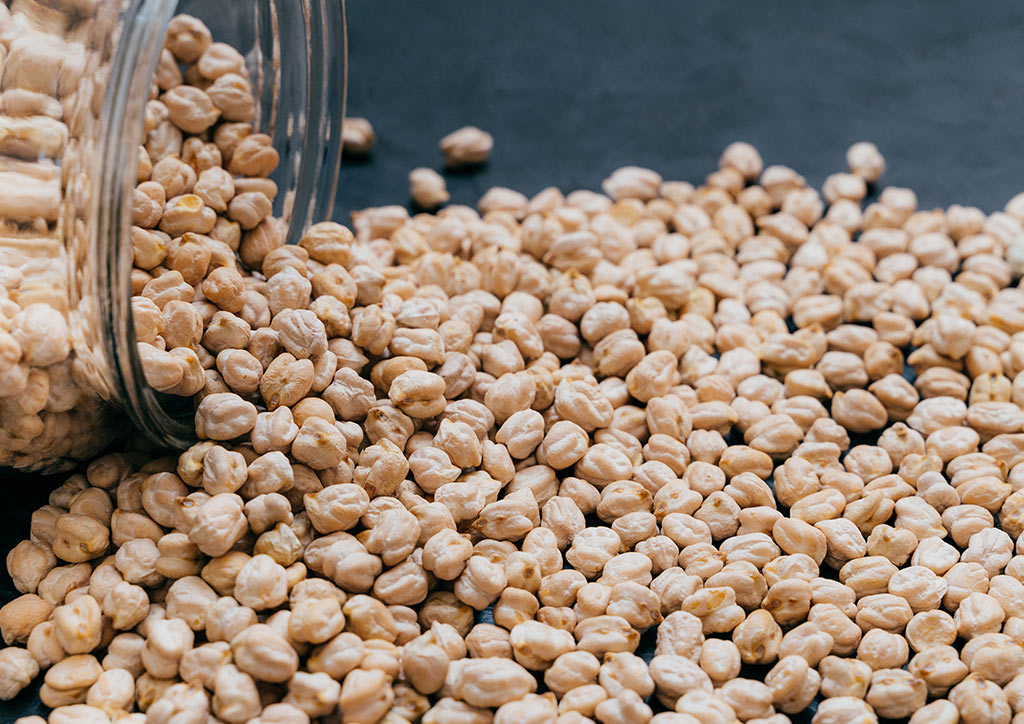
Glycemic Index: 47~59 (Low ~ Medium)
Glycemic Load: 6.1 (Low)
Garbanzos is the star ingredient in every Hummus and Falafel we’ve made. It may just be the supporting ingredient in Callos but that doesn’t mean we can’t roast it in an oven with some salt, pepper, paprika, and garlic to make it into a good rice substitute.
10. Zucchini
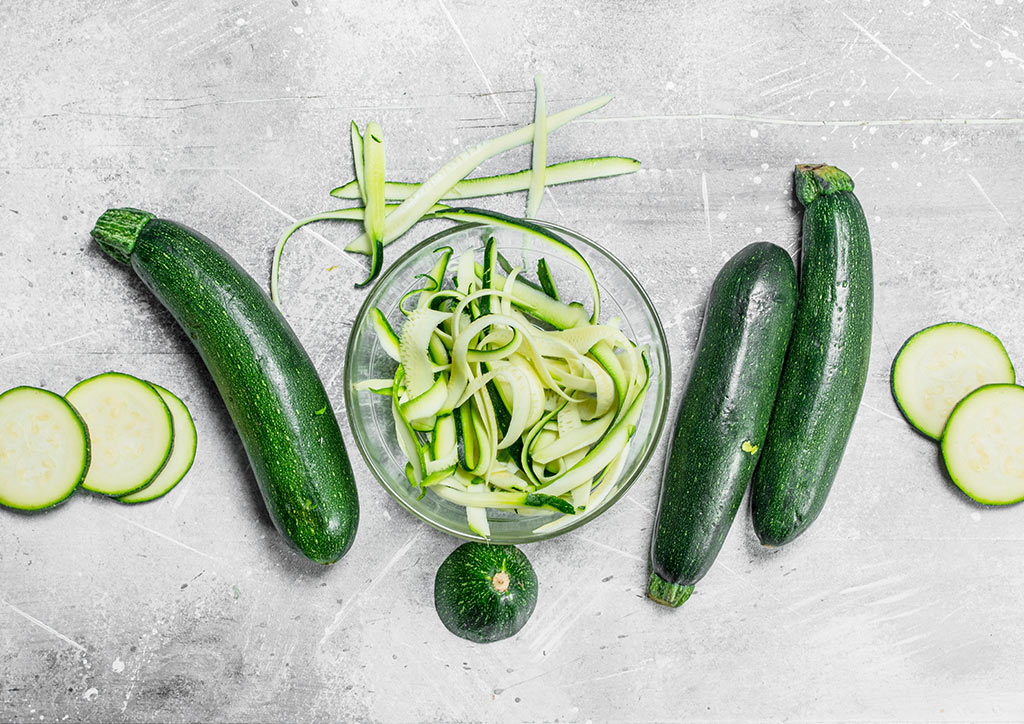
Glycemic Index: 15
Glycemic Load: 1
Zucchini isn’t just good for spiralizing into noodles; they make a good rice substitute, too! Dice and mince them up into smaller pieces, and marinade in a bit of balsamic vinegar, olive oil, salt, pepper, and garlic before roasting. It’s just as tasty when you put small pieces of onion and mushroom with it.
Healthy rice substitutes to make sure we can still enjoy rice every now and then.
Rice substitutes are not there to completely eliminate rice from your diet. Our work schedules and house load will still demand a certain level of sugar and carbs in our system to make sure we can attend to everybody at home. Before substituting, we always follow these important rules: 1) consult your doctor, and 2) everything in moderation.
References
Atkinson, F. S., Foster-Powell, K., & Brand-Miller, J. C. (2008). International tables of glycemic index and glycemic load values: 2008. Diabetes care, 31(12), 2281-2283.
Miller, J. C. (1994). Importance of glycemic index in diabetes. The American journal of clinical nutrition, 59(3), 747S-752S.
Willett, W., Manson, J., & Liu, S. (2002). Glycemic index, glycemic load, and risk of type 2 diabetes. The American journal of clinical nutrition, 76(1), 274S-280S.
Wolever, T. M., Jenkins, D. J., Jenkins, A. L., & Josse, R. G. (1991). The glycemic index: methodology and clinical implications. The American journal of clinical nutrition, 54(5), 846-854.
More on healthy stuff? Here’s more!
5 Places to Buy Healthy Food and Snacks for Your Kids
5 Ways To Keep Kids Healthy During the Rainy Season
This Juana’s Pretty Keen On Staying Green
